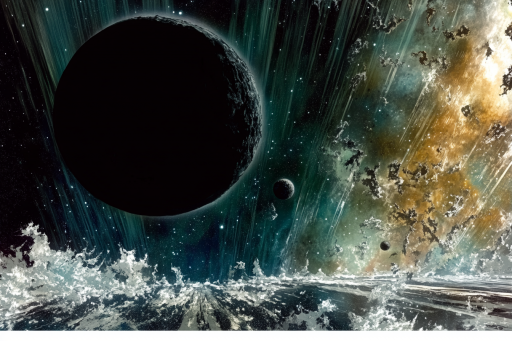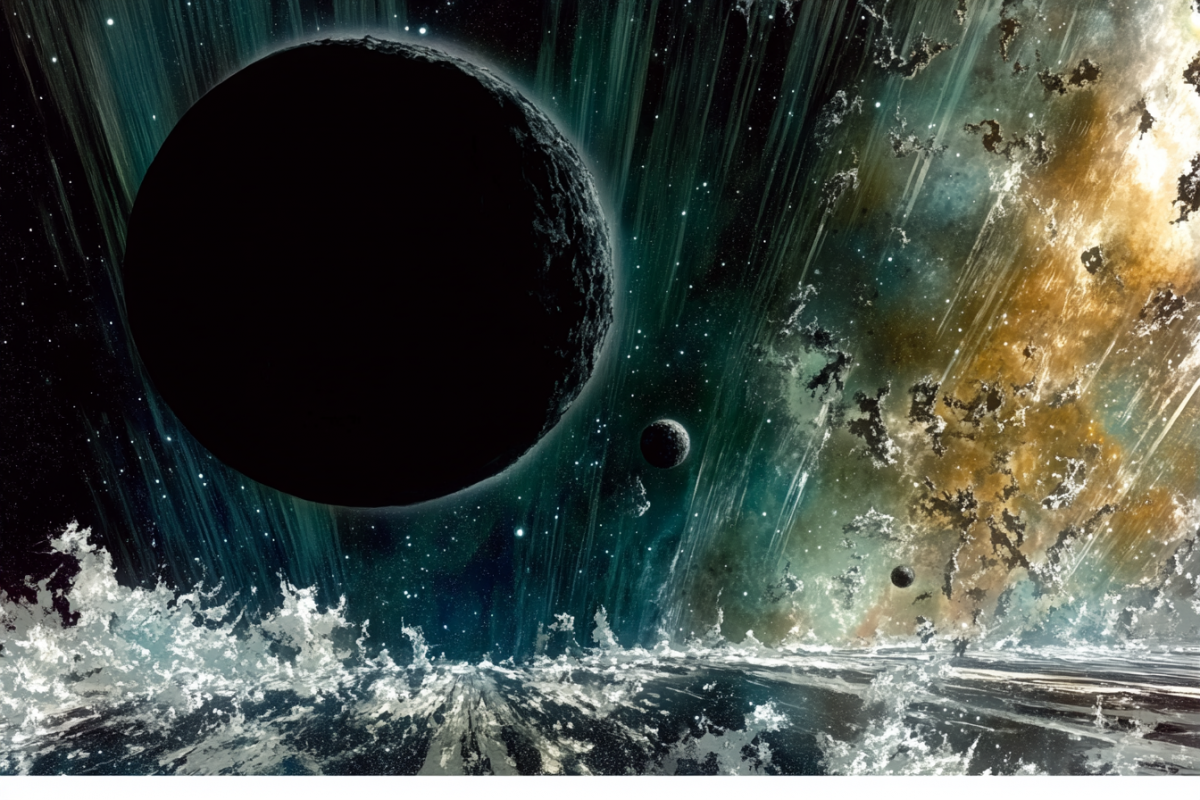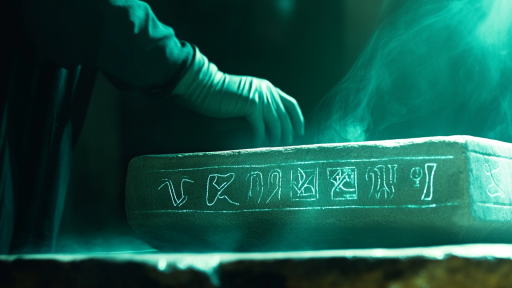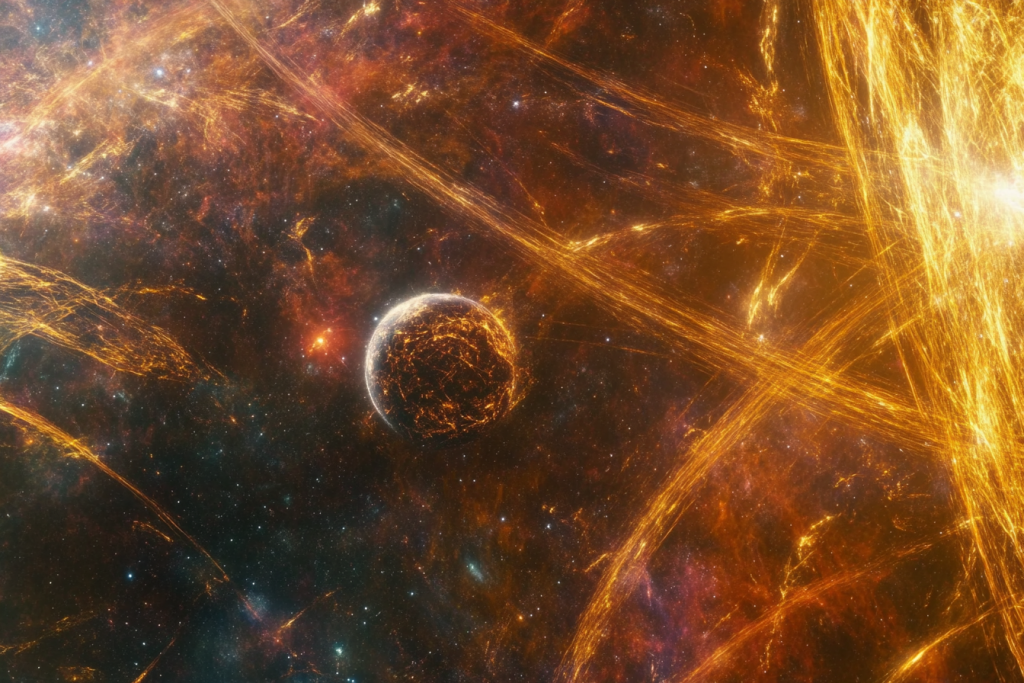
The universe plays by its own rules, bending the laws of physics in ways that defy explanation. Some cosmic events seem impossible—black holes spitting matter back out, stars defying death, and forces at work that scientists struggle to comprehend. These phenomena shouldn’t exist, and yet they do, rewriting our understanding of reality with every discovery. If the cosmos can break the rules, what else might be possible?
The Star That Refuses to Die

Some stars explode in supernovae and collapse into black holes, but not this one. A star named iPTF14hls has erupted multiple times over the decades, as if refusing to die. Scientists believe it might be an ancient kind of supernova never before seen—one that keeps reigniting instead of fading into darkness. Its existence challenges everything we thought we knew about stellar life cycles.
The Planet That Should Have Been Swallowed

In the death throes of a dying star, planets are supposed to be engulfed and incinerated. But one massive gas giant, orbiting a white dwarf, has defied fate. It shouldn’t exist, yet there it is, circling a burnt-out husk of a star that should have destroyed it long ago. This discovery hints at the possibility that planets might survive in ways we never imagined, even after their suns collapse.
The Coldest Place in the Universe

Space is cold, but there’s a nebula that defies logic by being even colder than the background temperature of the universe itself. The Boomerang Nebula somehow reaches a bone-chilling -457.6°F, just a fraction above absolute zero. Scientists believe its extreme cold is due to an unusual rapid expansion of gas, but the exact mechanism remains a mystery. How can something be colder than the void of space?
The Black Hole That Shouldn’t Exist

Black holes are supposed to form under extreme gravitational collapse, but some are simply too big to make sense. A monster known as TON 618 is so massive—over 40 billion times the mass of our sun—that it shouldn’t have been able to form within the age of the universe. Did it grow at an impossible rate, or was it born from a process we’ve yet to uncover? The answer could rewrite our understanding of the cosmos.
The Galaxy Without Dark Matter

Dark matter is thought to be the glue holding galaxies together, yet astronomers found a galaxy, NGC 1052-DF2, that seems to have none at all. Without dark matter’s gravitational influence, it shouldn’t exist as a stable structure, and yet it does. This bizarre find has scientists questioning whether dark matter is as fundamental as we once believed—or if there’s an unknown force at play.
The Rogue Planet Adrift in Space

Planets are supposed to orbit stars, yet astronomers have discovered a world that roams the cosmos alone. This rogue planet drifts through the void without a sun, warmed only by its own internal heat. Scientists suspect there may be billions of these wanderers, untethered from any solar system. Could life survive on one of these lonely worlds, hidden beneath thick layers of ice?
The White Hole Paradox
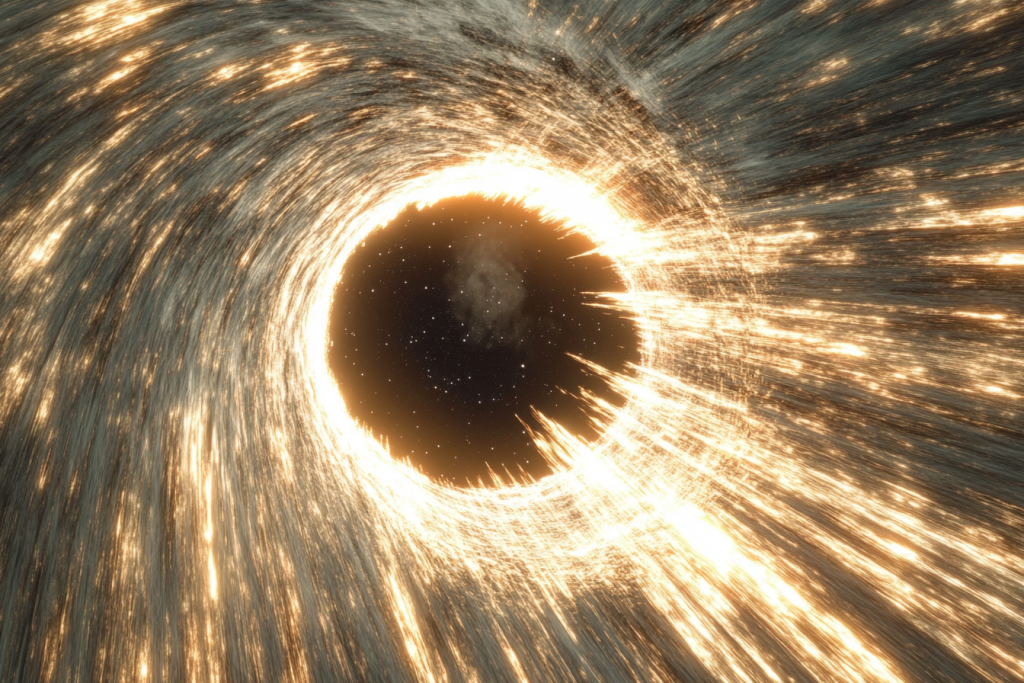
If black holes pull everything in, then white holes should theoretically do the opposite—spitting everything out while allowing nothing to enter. Though no white holes have ever been observed, the mathematics suggest they could exist. Some theories even propose that black holes could transform into white holes over time. If they do exist, they would challenge the fundamental nature of spacetime itself.
The Pulsar That Moves Too Fast

Pulsars—spinning neutron stars—are usually locked in place by gravity, yet some have been found racing through the cosmos at breakneck speeds. One, known as PSR J0002+6216, is hurtling through space at 2.5 million miles per hour. Scientists suspect it was launched by a supernova explosion, but its speed is so extreme that it stretches the limits of physics. How can a dead star move so fast?
The Cosmic Radio Bursts That Defy Logic

Sudden, powerful radio bursts from deep space have baffled scientists for years. Some of these Fast Radio Bursts (FRBs) last only milliseconds, yet they release more energy than the sun does in a year. Stranger still, some repeat at irregular intervals, as if something—or someone—is trying to send a message across the universe. Are they natural phenomena, or something far more mysterious?
The Galaxy That Should Have Been Destroyed

Billions of years ago, Andromeda is believed to have devoured another massive galaxy, M32p. But astronomers recently discovered that a large part of M32p still exists—somehow surviving the collision. This shouldn’t be possible; galaxy mergers are violent, usually leaving no remnants. Why did M32p defy destruction? Its survival could change how we understand galactic evolution.
The Star That Came Back to Life

When a star dies, it should either collapse or explode—but astronomers recently discovered a star that re-ignited after going supernova. Instead of fading into a black hole or neutron star, this cosmic corpse flared back to life, glowing as if reborn. Some scientists believe it’s the first evidence of a new kind of explosion, one we never imagined was possible. Could other “dead” stars be waiting to rise again?
Reality May Not Be What We Think

The universe isn’t just strange—it’s far stranger than we ever imagined. The rules we thought were unbreakable keep getting shattered, revealing a cosmos more mysterious than our wildest theories. If these impossible events can happen, what else might be lurking out there, waiting to rewrite the laws of existence? Perhaps the greatest discovery will be realizing that nothing is truly impossible.

